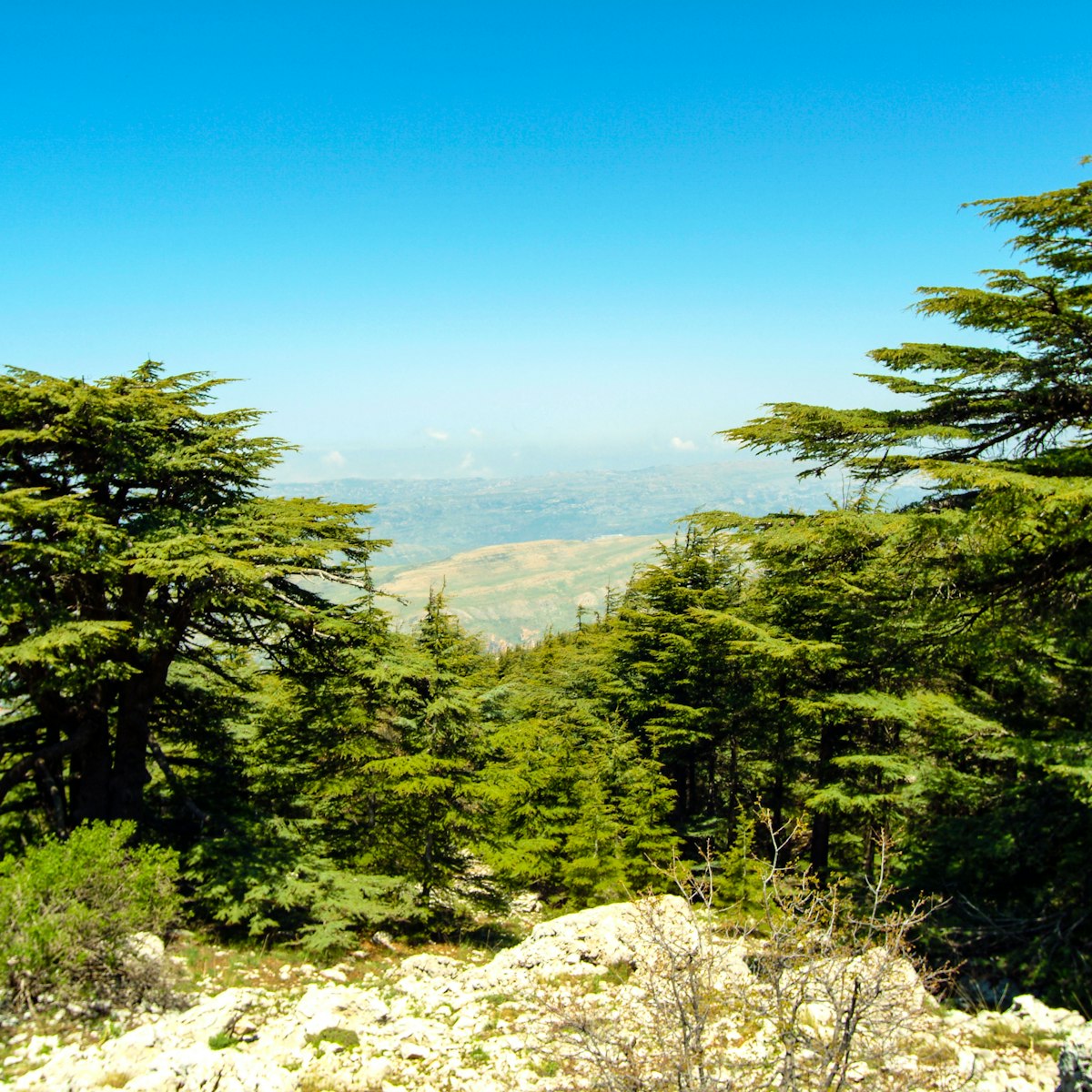A well-restored Crusader castle dominates Byblos' atmospheric archaeological site, which incorporates Neolithic, Chalcolithic, Greek and Roman ruins – stirring evidence of what is one of the world's oldest continuously inhabited towns. There are panoramic views over the ruins and harbour from the castle's rooftop and crenellated towers – be sure to climb the stone staircases to the top of the keep to appreciate these. Then stroll the picturesque ruins; most buildings are fairly fragmentary but the site is full of wildflowers and sea views.
The castle sits just inside the entrance and is a logical first stop. After exploring it, backtrack to the site entrance and turn left to explore the ruins, which include the remains of city ramparts dating from the 3rd and 2nd millennium BC; several temples; and a Roman theatre overlooking the sea. In the Roman period (64 BC–395 AD), the streets here were lined with colonnades and sculptures adorned most public places. Interestingly, the layout wasn't according to the usual Roman grid, instead being adapted to the existing monuments on the site.
The L-shaped Temple of Resheph dates from the 3rd millennium BC and is thought to have been burned down during the Amorite invasions. It was replaced by the Obelisk Temple, which now lies alongside; the 1500 gold-covered votive offerings in the shape of human figures discovered here in the 20th century are displayed at Beirut’s National Museum.
The site's oldest temple, the Temple of Baalat Gebal (the Mistress of Byblos), dates back to the early 3rd millennium BC and was dedicated to the goddess of the city. Destroyed by the Amorites, it was reconstructed several times and finally dedicated to Aphrodite during the Roman period. Many temple findings, including alabaster vase fragments inscribed with the names of Old Kingdom pharaohs, are today also housed in the National Museum. The six standing columns approaching the temple are the vestiges of a Roman colonnaded street dating from c 300 AD.
West of the Temple of Baalat Gebal is the Roman theatre, a reconstruction that’s one-third the size of the original. This is situated near the cliff edge and has great views across the sea. Behind this are nine royal tombs, cut in vertical shafts deep into the rock in the 2nd millennium BC. Some of the sarcophagi found here are now housed in the National Museum, including that of King Hiram, whose sarcophagus has one of the earliest Phoenician alphabet inscriptions in the world. His grave shaft also is inscribed, this time with the eerie phrase, ‘Warning here. Thy death is below.’
Other remains include the King’s Spring, a source of water for the city for millennia (and where, according to legend, Isis sat weeping on her search for Osiris); and, around an elegant 19th-century house, intriguing remnants of Neolithic (5th millennium BC) and Chalcolithic (4th millennium BC) enclosures, houses and huts. Here, too, is a monumental Bronze Age structure on a platform that might have been a royal palace of sorts.







